If you're experiencing back pain or noticing poor posture, you're not alone many face these issues due to prolonged sitting, heavy lifting, or daily strain. Strengthening your back and core muscles with back strengthening exercises can help alleviate discomfort, enhance posture, and boost overall strength, as supported by research. In this guide, we’ll walk through some expert-backed back exercises that are simple, effective, and doable whether you’re hitting the gym or working out at home. Let’s get you on the path to a healthier, pain-free back!
Why Your Back Needs Some Love
Let’s start with the basics. Back pain can creep up for all sorts of reasons maybe you pulled a muscle, sit too long, or have a condition like arthritis. Poor posture often plays a role too, especially if your core weak or you are hunched over a phone or laptop all day. Strengthening your back muscles with exercises to strengthen your back like your lats rhomboids, and erector spinae, helps support your spine and takes the pressure off.
A strong core is just as crucial it’s like a natural brace for your back, keeping everything stable. Studies, like those from the Mayo Clinic, suggest that regular back strength workout and core exercises can reduce pain and improve spinal health. So, whether you’re dealing with lower back aches or upper back tension, these exercises are a solid starting point.
7 Most Effective Back Exercises to Build Strength & Prevent Pain
Ready to get moving? These back strengthening workout exercises target key back muscles and are great for relieving pain and correcting posture. They’re backed by experts and can be adapted to your fitness level.
Barbell Row: Your Upper Back’s Best Friend
just imagine, you’re standing tall, feeling strong, and your upper back is solid. That’s what the back workouts lower exercise the barbell row can do for you. It’s a classic exercise that hits your lats, rhomboids, traps, and erector spinae , basically, all the muscles that keep your shoulders back and your spine happy.
How to Do It: Stand with feet shoulder-width apart, hinge at your hips, and grab a barbell with an overhand grip. Pull the bar toward your lower chest, keeping elbows close to your body, then lower it slowly. Keep your core tight and back straight to avoid straining your lower back.
If you don’t have a barbell? Try a dumbbell row or a resistance band row.
Benefits: Strengthens your upper and middle back, which is key for posture and reducing upper and lower back pain exercises strengthening.
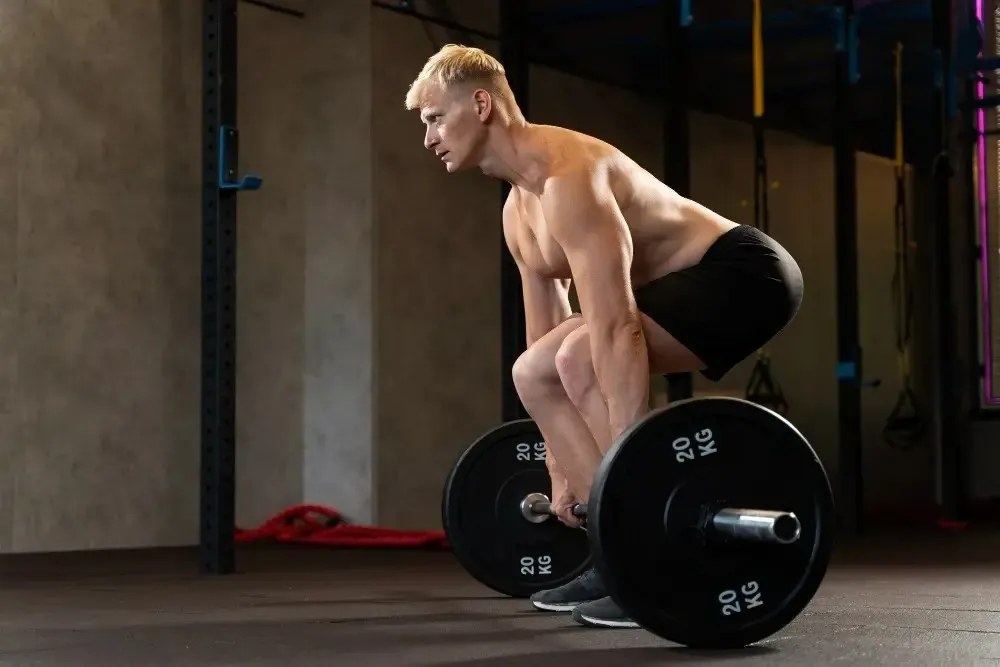
Lat Pulldown: Build a Strong, Posture-Perfect Back
If you’ve ever used a gym machine and felt your back muscles wake up, the lat pulldown might be why. It’s fantastic for targeting your lats, biceps, and rear delts, all of which help you stand taller.
How to Do It; Sit at a lat pulldown machine, grab the bar with a wide grip, and pull it to your upper chest while keeping your back straight. Slowly return to the starting position.
Benefits: Strengthens lats with strengthen low back exercises, crucial for posture, and gives your biceps a bonus workout.
Alternative: No machine? Use resistance bands for pull-aparts or try bodyweight pull-up variations.
Avoid shrugging your shoulders focus on pulling with your back.

Seated Row: Gentle on the Lower Back
Gentle on the Lower Back For those days when your lower back’s feeling sensitive, the seated row is a go-to. It strengthens your mid and lower back exercises without putting too much strain on your spine, making it great for beginners or anyone with lower back pain exercises to strengthen.
How to Do: Sit at a seated row machine, grab the handles, and pull them toward your torso, keeping your back straight. Squeeze your shoulder blades together, then release. Focus on the squeeze at the end to really engage those posture muscles.
Benefits: Improves middle back strength and posture without lower back stress.
Variation: Use a resistance band anchored to a sturdy object if you’re at home.
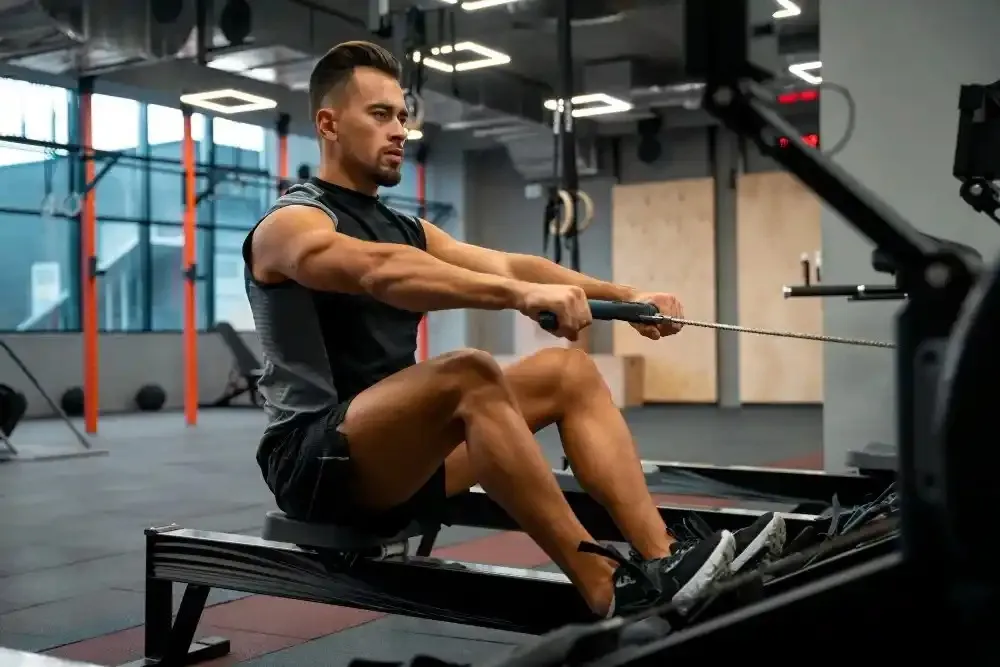
Plank: Core Power for Back Support
You might think planks are just for abs, but they’re a secret weapon for your back too. By strengthening your core with core stabilization exercises think transverse abdominis, obliques, and rectus abdominis planks help stabilize your spine and reduce lower back pain.
How to Do It: Lie on your forearms and toes, keeping your body in a straight line from head to heels. Hold as long as you can without letting your hips sag. Engage your glutes to keep your hips steady.
Benefits:
Builds core strength and stability exercises, which supports your back and improves posture.
Start with a knee plank if a full plank is too tough.
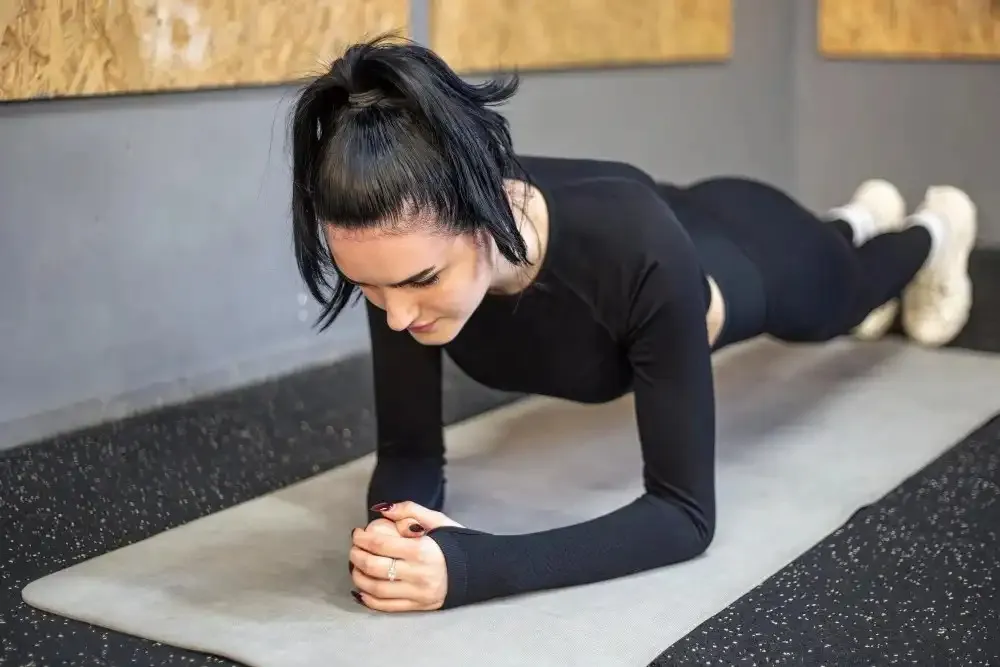
Bird-Dog: Balance and Lower Back Strength
The bird-dog might look simple, but don’t let it fool you—it’s a powerhouse for your core and lower back. It’s also great for improving balance with lower back strengthening program, which helps with overall spinal health.
How to Do It: Start on your hands and knees. Extend your right arm and left leg at the same time, keeping your back straight. Hold for a few seconds, then switch sides. Keep your hips level to avoid wobbling.
Benefits: Strengthens your core, workouts to strengthen lower back (including erector spinae) and glutes, all of which support posture and pain relief.
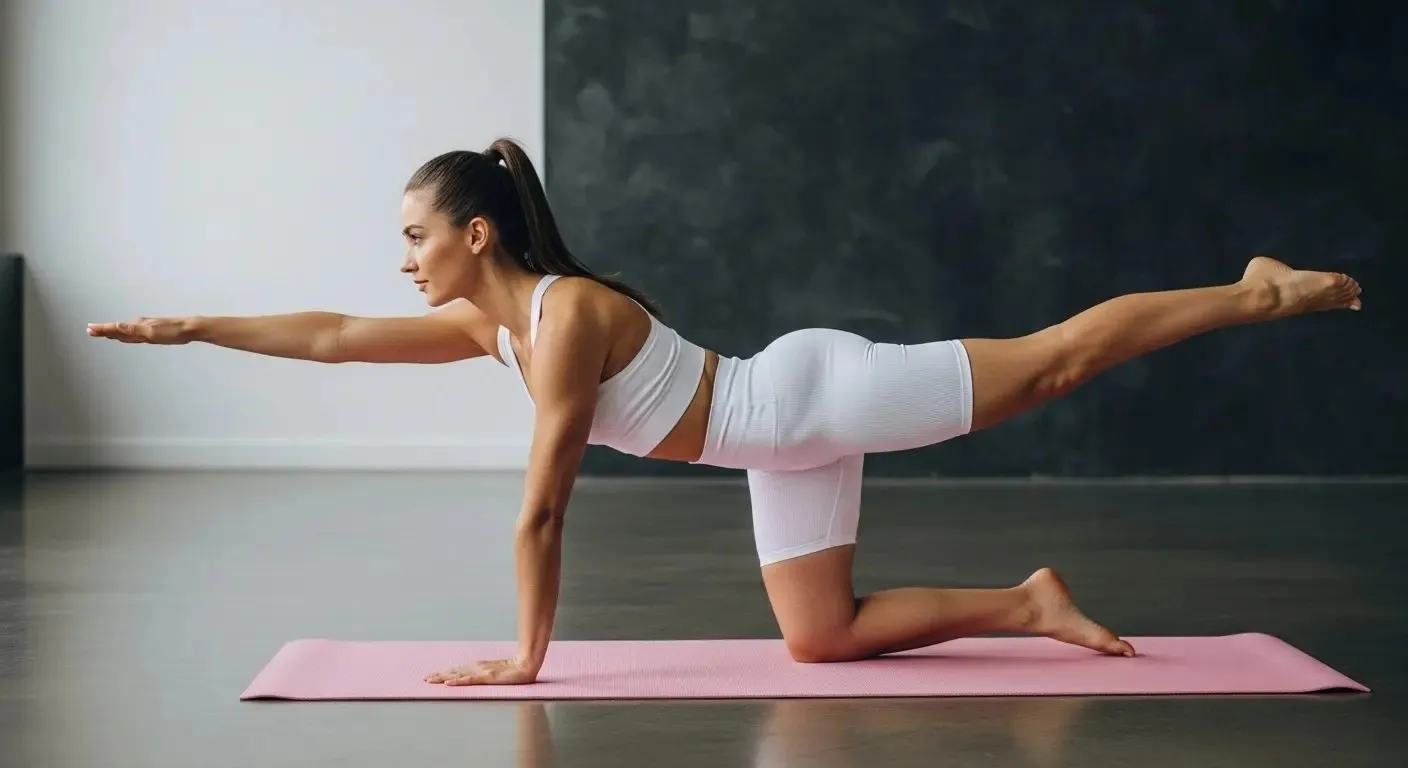
Core Exercises: The Backbone of Back Health
Your back and core are like best friends they work together to keep you upright and pain-free. A weak core can put extra strain so include core stabilization workout to the mix.
Russian Twists for Rotational Strength
How to Do It: Sit on the floor with knees bent, lean back slightly, and twist your torso side to side, touching the floor with your hands. Keep your movements controlled to avoid straining your back.
Benefits: Targets obliques with mid and lower back workout which help with rotational movements and spine stability.
Leg Raises for Lower Abs
How to Do It: Lie on your back, lift your legs off the ground, and lower them without touching the floor. Place your hands under your hips for extra support.
Benefits :Strengthens lower abs with lower back strengthening routine, which are often weak and contribute to lower back pain.
Stretches to Ease Back Tension
Tibial band stretches and other stretches keep your back flexible and can melt away tension, especially after a workout or a long day.
Cat-Cow Stretch: Wake Up Your Spine
How to Do It: On your hands and knees, arch your back up like a cat, then let your belly sag down like a cow. Flow between the two positions. Move slowly and breathe deeply for maximum relaxation.
Benefits: Improves spine flexibility with exercises to strengthen lower back and relieves back tension.
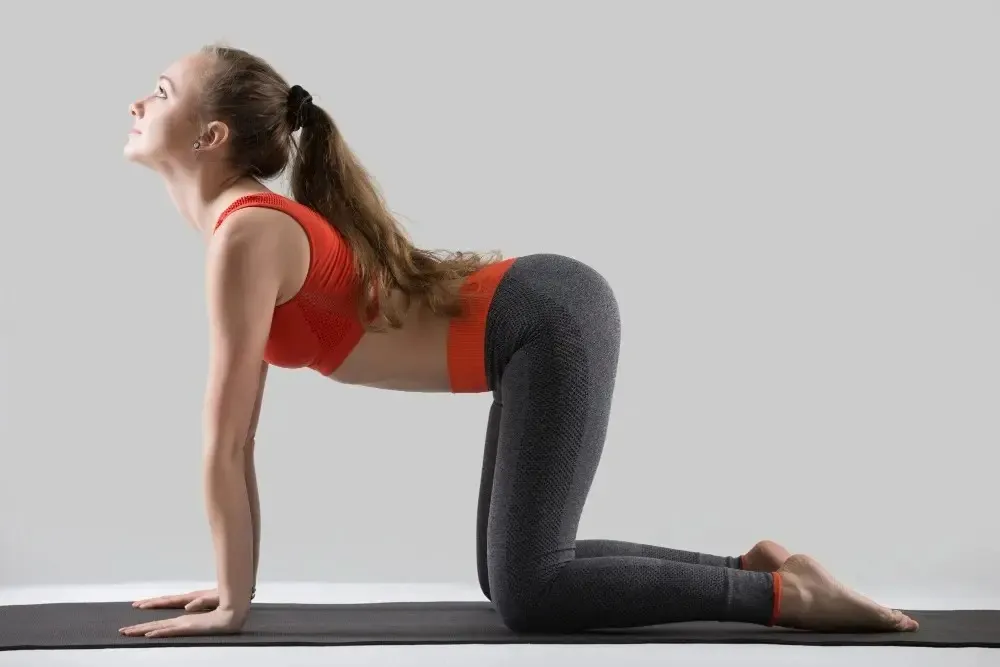
Child’s Pose: Pure Relaxation
How to Do It: Kneel on the floor, sit back on your heels, and stretch your arms forward on the floor, resting your forehead down.
Benefits: Gently stretches your lower back with at home workouts for lower back and feels like a mini-vacation for your spine.
Pro Tip: Hold for 20-30 seconds and focus on your breathing.
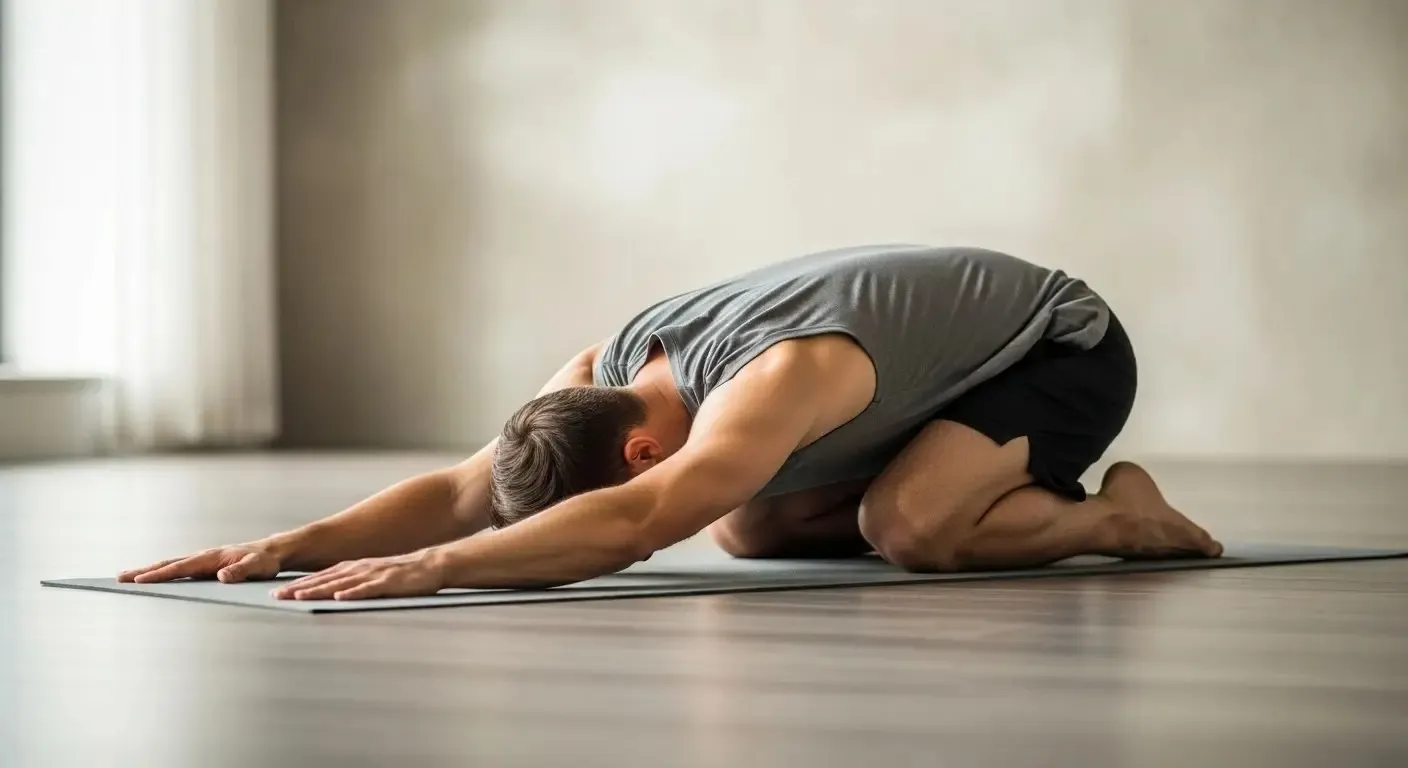
Knee-to-Chest Stretch: Lower Back Relief
How to Do It: Lie on your back, pull one knee to your chest, hold for a few seconds then switch legs. Keep your other leg relaxed to avoid tension.
Benefits: Stretches your lower back with back strengthening exercises for lower back and eases pain and tightness..
What Real People Are Saying
These exercises aren’t just expert-approved—real people swear by them too.
On Reddit’s r/bodyweightfitness, one user shared, “I had lower back pain for years, but planks and bird-dogs changed everything. My back’s stronger, and the pain’s almost gone.”
Another user on r/backpain said, “Seated rows and lat pulldowns helped my posture so much. I used to slouch at my desk, but now I feel taller and less achy.”
These stories show that with a bit of effort, you can see real results.
Building Your Back Health Routine
So, how do you put this all together? Here’s a simple lower back workout gym plan to get you started:
- Frequency: Aim for 3-4 sessions a week. Consistency beats intensity.
- Duration: Start with 15-20 minutes and build up as you get stronger.
- Warm-Up: Spend 5 minutes on light cardio or dynamic stretches like arm circles.
- Cool Down: End with stretches like cat-cow or child’s pose to help recovery.
If you are feeling unusually fatigued during workouts, any vitamin deficiency might be affecting your energy and muscle strength.
Sample Routine:
|
Exercise |
Sets/Reps |
|
Barbell Row |
2 sets of 8-12 reps |
|
Lat Pulldown |
2 sets of 10-12 reps |
|
Seated Row |
2 sets of 10-12 reps |
|
Plank |
3 sets, hold 20-30 sec |
|
Bird-Dog |
2 sets of 10 reps/side |
|
Cat-Cow Stretch |
5-10 flows |
|
Child’s Pose |
Hold 20-30 sec |
Listen to your body—if something hurts, stop and check with a pro. Over time, you will feel stronger and more confident.
Extra Tips for a Happy Back
Exercises are awesome, but a few lifestyle tweaks can make a big difference too;
- Ergonomics: Set up your workspace right. Your chair should support your lower back, and your monitor should be at eye level.
- Move Regularly: If you sit a lot, stand and stretch every hour with good lower back workouts to keep your back loose. Incorporating great lower back workout essential home exercises into your daily routine can further support back health and overall mobility.
- Seek Help When Needed: If pain persists, a physical therapist or chiropractor can offer personalized advice.
Final Words
Your back does so much for you it is time to return the favor. These 7 medically approved strengthen lower back back exercises, (especially upper, middle and lower back exercises,) from barbell rows to child’s pose, can help you relieve back pain, stand taller , and feel better overall. Start small, stay consistent , and you will be amazed at the difference. Here is to a stronger, healthier back and a more confident you.
FAQ: Back Strengthening Exercises
1. What are the best back workouts?
A well-rounded back workout includes exercises like deadlifts, pull-ups, and rows to target lats, traps, and rhomboids, boosting strength and posture. Combine with core exercises like planks for maximum benefit.
2. What are the best back exercises with cables?
Cable face pulls and single-arm cable rows target your upper and middle back effectively, improving posture and strength. Use a cable machine with proper form to avoid strain.
3. What are the best lower back workouts?
Superman holds and glute bridges as lower back weight exercises strengthen your lower back, supporting your spine and reducing pain. Perform them slowly to engage the erector spinae safely.
4. How do you perform the face pull exercise ?
Using a cable machine with a rope attachment, pull the rope toward your face, keeping elbows high to target rear delts and upper traps. Keep movements controlled to enhance posture
5. What are the best back exercises at home with no equipment?
Bodyweight exercises like Superman holds and reverse snow angels strengthen your back at home. Focus on slow, controlled movements to maximize muscle engagement.


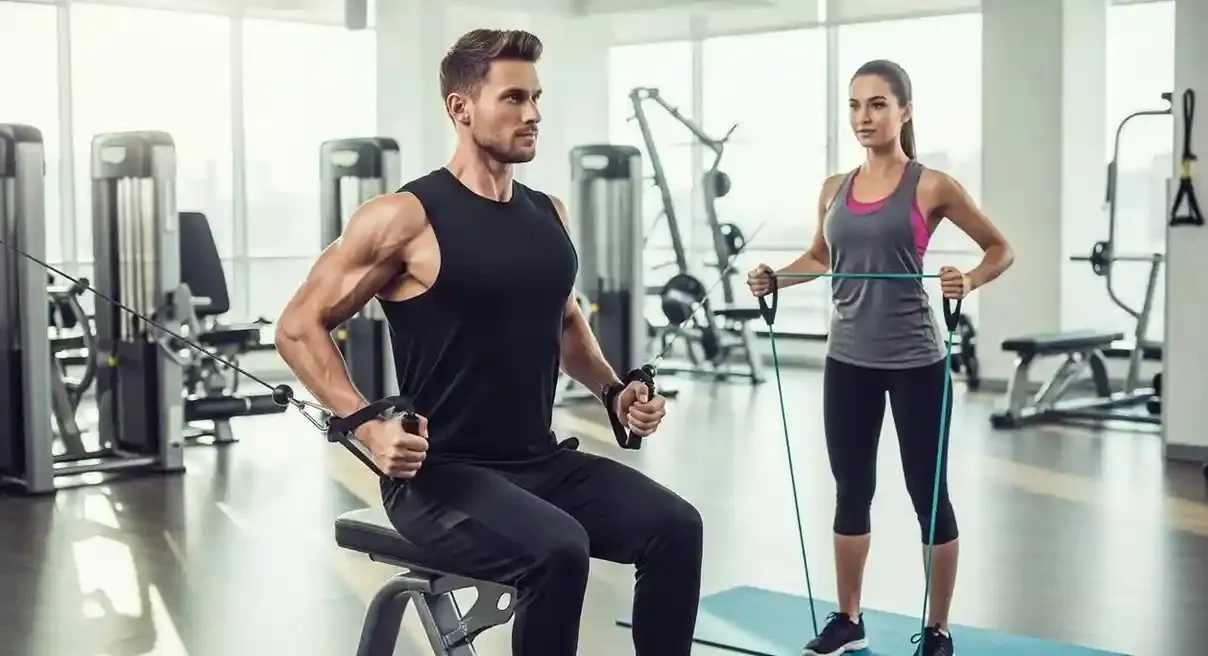











Vestibulum euismod, leo eget varius gravida, eros enim interdum urna, non rutrum enim ante quis metus. Duis porta ornare nulla ut bibendum
Rosie
6 minutes ago